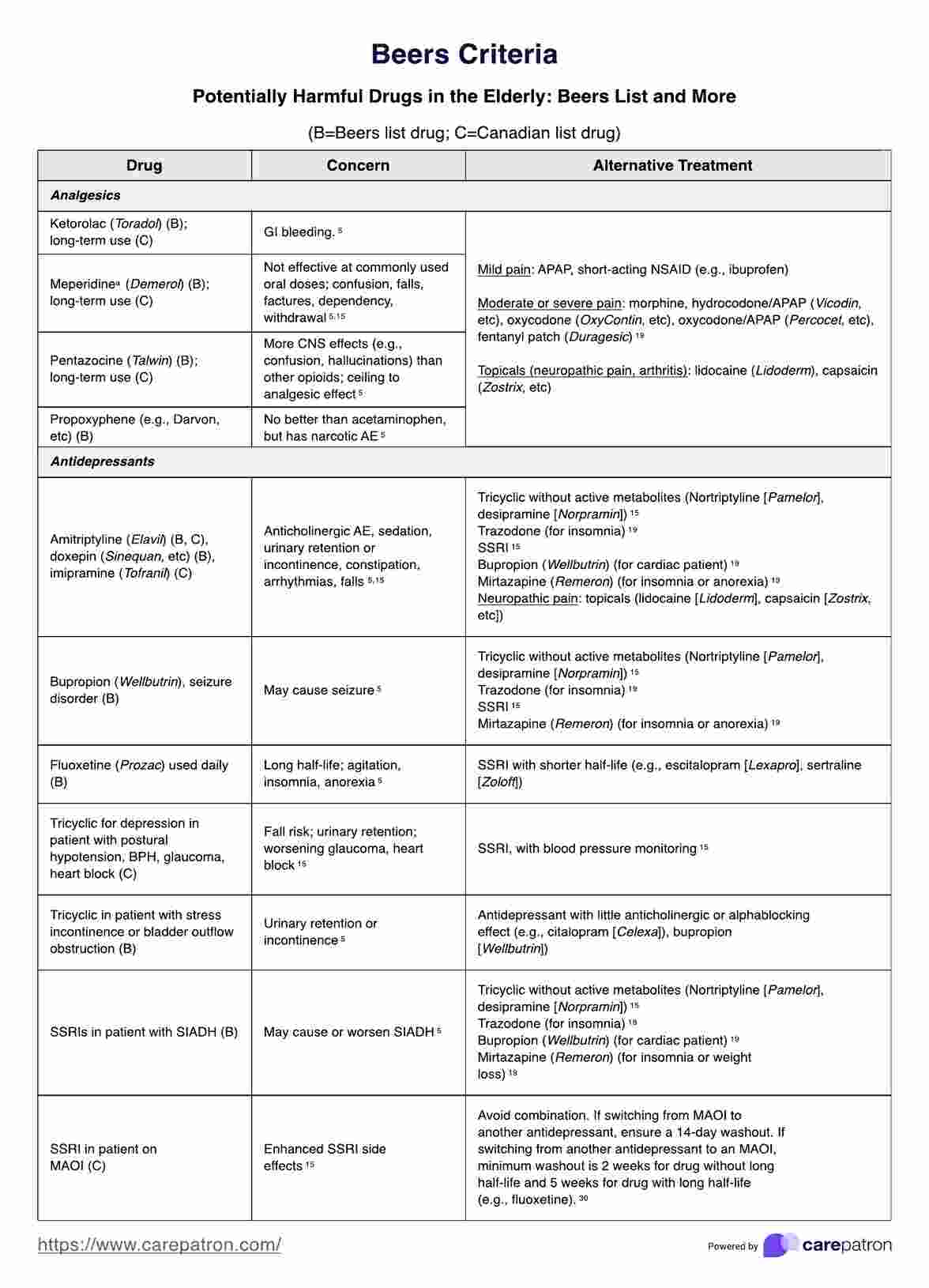
Beers Criteria Template
Explore the Beers Criteria Template, guiding principles for safer medication use in older adults—essential knowledge for healthcare professionals.
Use Template
Beers Criteria Template Template
EHR and practice management software
Get started for free
*No credit card required
Free
$0/usd
Unlimited clients
Telehealth
1GB of storage
Client portal text
Automated billing and online payments











